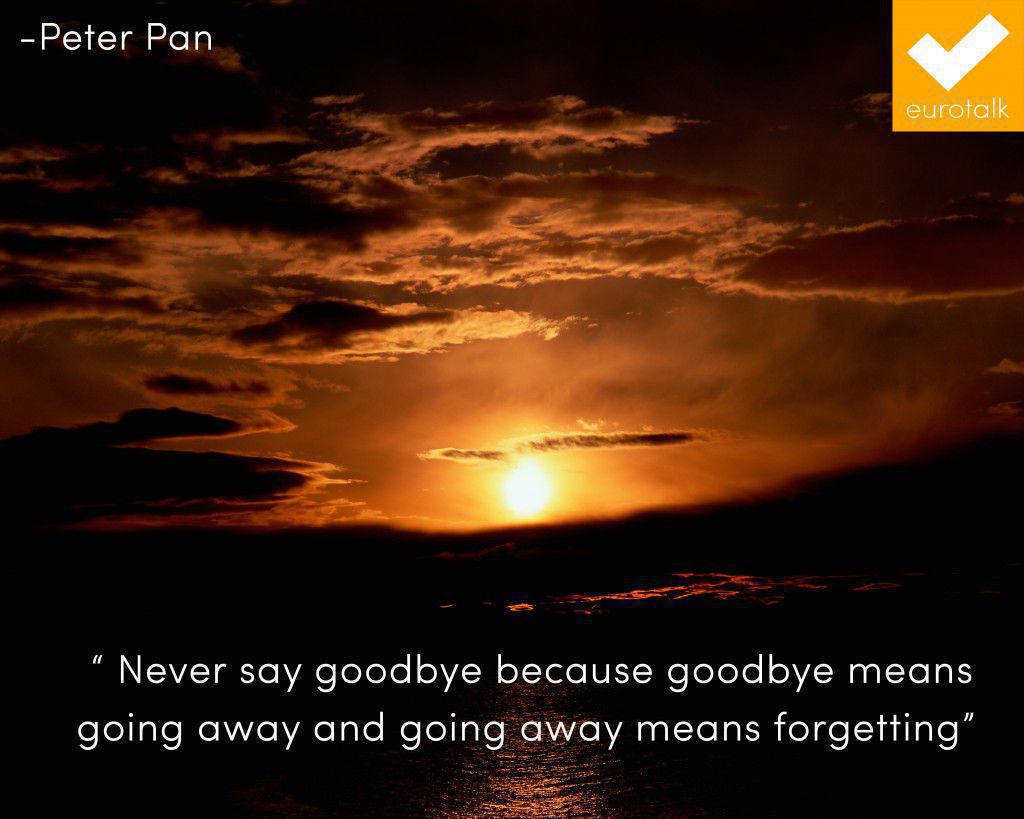Baby crying? Try sign language
I recently discovered something fascinating. Here it is: there is such a thing as Baby Sign Language. And it’s a pretty big deal.
 The idea behind it is very clever: by teaching simple signs to your baby from a really young age, they will be able to identify and sign everyday items, as well as being able to express simple desires and needs. There are signs for feelings such as ‘hungry’, ‘thirsty’, ‘thank you’, ‘want’, as well as objects such as ‘butterfly’, ‘chair’, ‘ant’, ‘uncle’.
The idea behind it is very clever: by teaching simple signs to your baby from a really young age, they will be able to identify and sign everyday items, as well as being able to express simple desires and needs. There are signs for feelings such as ‘hungry’, ‘thirsty’, ‘thank you’, ‘want’, as well as objects such as ‘butterfly’, ‘chair’, ‘ant’, ‘uncle’.
Because your baby can quite easily acquire new signs using their hands and arms ages before the muscles of their mouth have fully developed to allow comprehensive speech, the baby can communicate at a much younger age – and you, the parents, can communicate with them as well, not just interpreting what the baby says, but also responding through sign.
As well as supposedly creating a fuller relationship with the baby at a much younger age than if you wait for speech to develop, the advantage is that the baby will generally feel a lot happier because they’re able to express themselves. Crying babies are often upset because they can’t communicate their needs, or because those needs aren’t interpreted by the grown-ups in charge, but if the baby has a sure means of communicating to the parents then they’re less likely to feel frustrated and angry, and therefore less likely to cry (hallelujah, I hear people shout).
The way it works is that your baby will pick up on regularly repeated signs. It might take a little while before they can respond, or understand, but if you repeat the sign for an object or feeling every time your baby is around, then they will start to identify the sign as having a specific meaning.
As time goes on and they become more comfortable with the concept of signing, they will want to acquire more and more vocabulary – so make sure you keep up!
Here’s baby Fireese and her mum showing us how it’s done:
Has anyone ever taught their baby to sign? We’d love your comments!
Nat
Language of the week: Italian
Buongiorno!
Italian is our language of the week, in celebration of an annual tradition, Il Palio, which dates back to the 12th century and is held on the 16th of August.
 This is a horse race unlike any other, and is all over in 90 seconds. It’s held in the beautiful city of Siena, where the 17 districts compete against each other for the glory. Amazingly a district can still win if the horse loses their jockey during the race, as long as they’re over the finish line first (this has actually happened 23 times since records began). If you have a chance to visit Siena while the Palio is on, you should go – the main square is filled with flags from each district and there is an incredible atmosphere throughout the whole town.
This is a horse race unlike any other, and is all over in 90 seconds. It’s held in the beautiful city of Siena, where the 17 districts compete against each other for the glory. Amazingly a district can still win if the horse loses their jockey during the race, as long as they’re over the finish line first (this has actually happened 23 times since records began). If you have a chance to visit Siena while the Palio is on, you should go – the main square is filled with flags from each district and there is an incredible atmosphere throughout the whole town.
If you want to see just how much the Palio is celebrated in Siena have a look at this…
Here are some of the best things we’ve discovered this week about Italian:
- One of the longest words in Italian is ‘precipitevolissimevolmente’ which means ‘extremely quickly’.
- This Italian tongue twister: ‘Trentatré Trentini entrarono a Trento, tutti e trentatré trotterellando’… which means ‘thirty three Trentonians came into Trento, all thirty three trotting.’
- The word ‘Gelato’ means Italian style ice cream (different to normal ice cream for a number of reasons; firstly it is made with a higher proportion of milk to cream, secondly it has a slower churning process and finally it is served at a slightly warmer temperature than ice cream). Gelato is potentially one of the most important words to know in Italian, as the ice cream cone is an Italian invention and Italy is famous for its Gelato. There’s even an ice cream university in Bologna (Carpigiani Gelato University).
- Italian is a Romance language, meaning it has a Latin origin. Gesture could also be considered important to the Italian language, as messages are often conveyed using hands and facial expressions. When in Italy, you’ll probably hear people saying ‘Ciao Bella!’ to each other as a friendly greeting – but if you don’t want to be too familiar, you may wish to stick to ‘Buongiorno’ (good day) the first time you meet someone.
- The Italian alphabet has twenty-one letters in it. It does not include the letters J, K, W, X and Y; these letters can only be found in foreign words that are common in everyday Italian writing.
- To wish someone good luck in Italian, you should say, ‘In bocca al lupo!’, which translates literally as ‘In the mouth of the wolf’. The correct response to this expression is, ‘Crepi il lupo!’, which means ‘May the wolf die!’
Do you have a favourite Italian word or phrase? We would love to hear from you, so feel free to comment below, tweet us @EuroTalk or write to us on Facebook! And if you’d like to learn some Italian, why not try our free demo, or download our uTalk app to get started.
Alex
Quote of the week: 8 Aug 2015
“Never say goodbye because goodbye means going away and going away means forgetting.” Peter Pan
Embed This Image On Your Site (copy code below):
Breaking the ice: overcoming language nerves
So apparently a quarter of Brits are nervous about speaking another language when they’re abroad, and 40% of us are embarrassed by our language skills.
These conclusions come from a study by the British Council, which surveyed 2,000 British adults. While 67% of respondents believed it’s important to learn a few words of the local language before a trip, it seems not many of us are putting that into practice when we actually get there.
What if?
There are a number of very legitimate reasons for this fear:
‘What if I get it wrong and everyone laughs at me?’
‘What if I say my bit perfectly, but then don’t understand the response?’
‘What if they just don’t understand what I’m trying to say?’
‘What if I open my mouth and my mind goes blank?’
We all hate the idea of making a fool of ourselves, and it doesn’t help that the Internet is full of stories about people who said ’embarazada’ (pregnant) when they meant to say ’embarrassed’. (Probably more embarrassing than the thing you were embarrassed about in the first place, ironically.) But how many of those people would make the same mistake again? I’m guessing zero.
It sounds like a cliché, but sometimes making a mistake really is the best way to learn. And in my experience, even if you do get things wrong, and even if people laugh, it won’t be mean laughter – and they’ll probably go out of their way to explain where you went wrong, so you know for next time.
Most likely, whoever you’re speaking to will probably be pleasantly surprised that you gave it a try in the first place; in most countries, not much is expected of British or American visitors, so any time we make the effort, it’s appreciated. (Just look at the response to Mark Zuckerberg speaking Mandarin – even though he was very hesitant, and made lots of mistakes, the audience loved it.)
What’s the point?
But at least feeling anxiety over speaking another language shows an interest in trying, and a desire to get it right; the fear of making mistakes is what’s holding us back. The far bigger problem is the number of people who believe there’s no point at all in learning another language, because ‘everyone speaks English’, ‘every time I try, people reply to me in English’ and ‘just knowing a few words won’t help’.
It’s true – last year, when I visited Italy, everyone could tell instantly that I was British, and even if I started a conversation in Italian, they would generally reply to me in English. But here’s the thing: though it’s very easy to seize that lifeline and lapse back into English, you don’t have to. I had very little Italian, but I was determined not to give up, even though the opportunity was there – and the waiters and shop staff I was trying to speak to soon caught on and reverted to Italian. Our conversations mostly consisted of one-word sentences, but at least they were Italian words, and we were able to understand each other. And I was pretty proud of myself afterwards – much more than I would have been if I’d had the same conversation in my native language.
 As for everyone speaking English, that’s clearly not true – and it shouldn’t matter anyway. The comments on the BBC article about the British Council study show that we expect those who visit the UK to speak English – so why should it be any different when we travel to another country? Even if you don’t need to learn a language, does that mean you shouldn’t?
As for everyone speaking English, that’s clearly not true – and it shouldn’t matter anyway. The comments on the BBC article about the British Council study show that we expect those who visit the UK to speak English – so why should it be any different when we travel to another country? Even if you don’t need to learn a language, does that mean you shouldn’t?
And finally, it’s true that knowing a few words wouldn’t help you if you had to go and close a business deal in French, or teach maths in China. But if you’re just going on holiday for a week, the chances are that as long as you’re able to check in to your hotel, order a meal and buy a bus ticket, you’re probably covered – though of course it will depend where you’re travelling to.
This, of course, is the whole idea that uTalk is built on. Because sometimes, just being able to say hello in another language is enough to make someone smile. And why wouldn’t we want to do that?
So let’s be bold, and show off our language skills. And let’s see if we can bring those percentages down in time for the next study.
Liz
How to greet people from around the world
Have you ever experienced that awkward moment when you go in for a kiss when the other person goes in for a handshake and you end up with a punch in the gut? Here is our guide to greetings around the world so you don’t end up in that awkward situation:
The UK/North America
- If you haven’t met the person before then it’s best to go for a simple handshake.
- If you’re attempting to look stylish, or you’re at an impressive event, then you can kiss them on both cheeks.
- If you are meeting a friend then a friendly hug or a kiss on each cheek is allowed.
South Korea
- The bow is the traditional Korean greeting
- When men are meeting someone they know they shake hands, however this does not happen between different genders.
- Korean women will not shake hands with Western men.
- Western women, however, may offer their hand to a Korean man.
France
- When meeting a girl you can kiss them, one on each cheek.
- Men stick to handshakes.
The Netherlands
- The handshake is very important, you shake everyone’s hand on arrival and again when you are leaving
- When meeting up with a friend it is normal to kiss three times on alternate cheeks.
Argentina
- It is normal to kiss everyone of the cheek, just once and always the right cheek
Thailand
- In Thailand you greet someone with the ‘Wai’, this is when you press your palms together in a prayer pose, and bow your forehead to touch your fingertips. The higher your hands, the more respect you have for the other person.
India
- A typical greeting is when you place your palms together in the prayer position and bow slightly, and say ‘Namaste’.
- However, when Indian people meet a Westerner they will shake their hand.
China
- You no longer have to do the cupped-hand bow; it is now acceptable to do a handshake. If you are in a formal situation, then out of respect you should lower your head.
Inuit
- When they are meeting someone they rub their noses together.
Tibet
- It is very polite to stick your tongue out at someone; it shows you have no evil thoughts.




